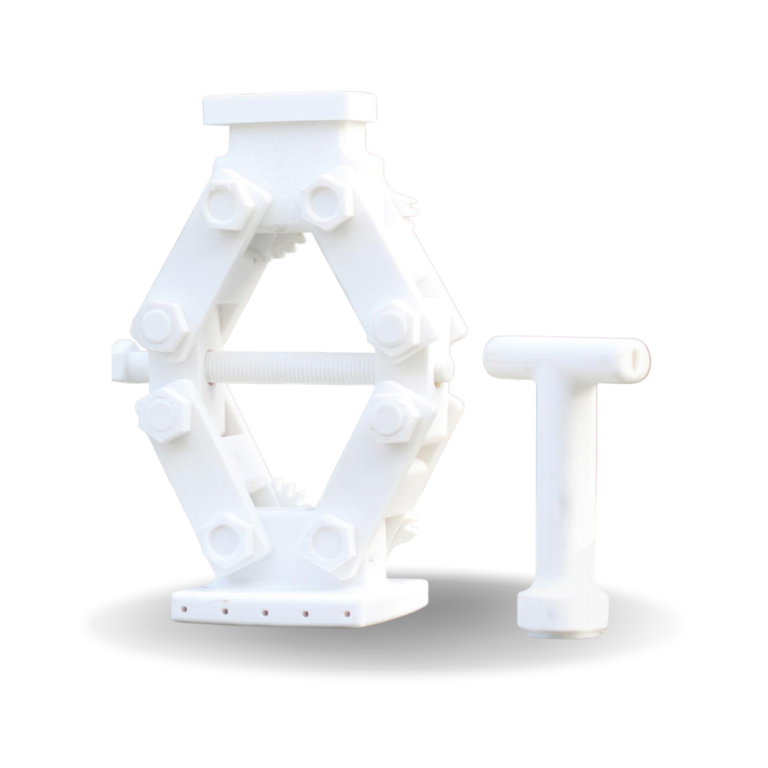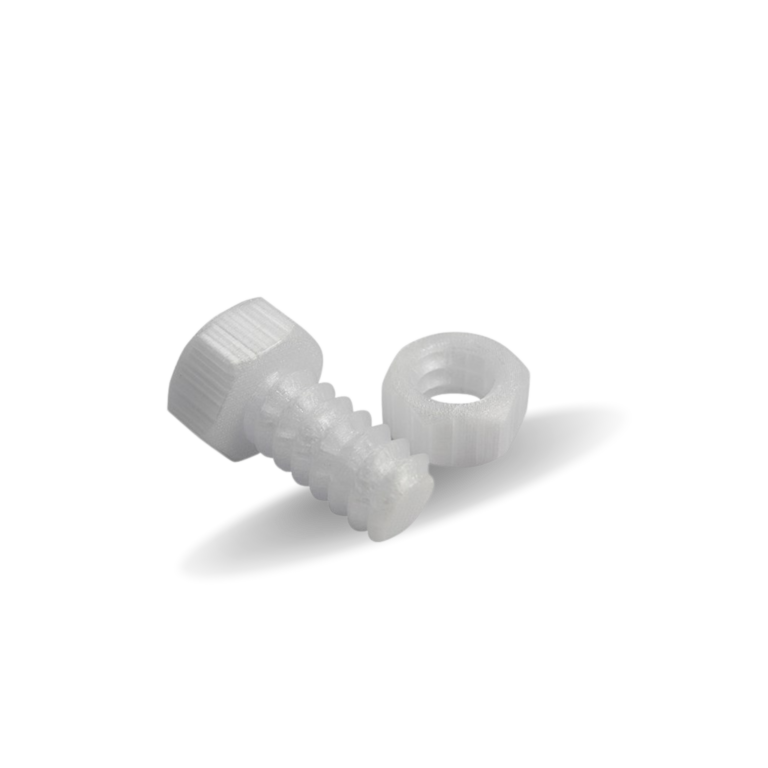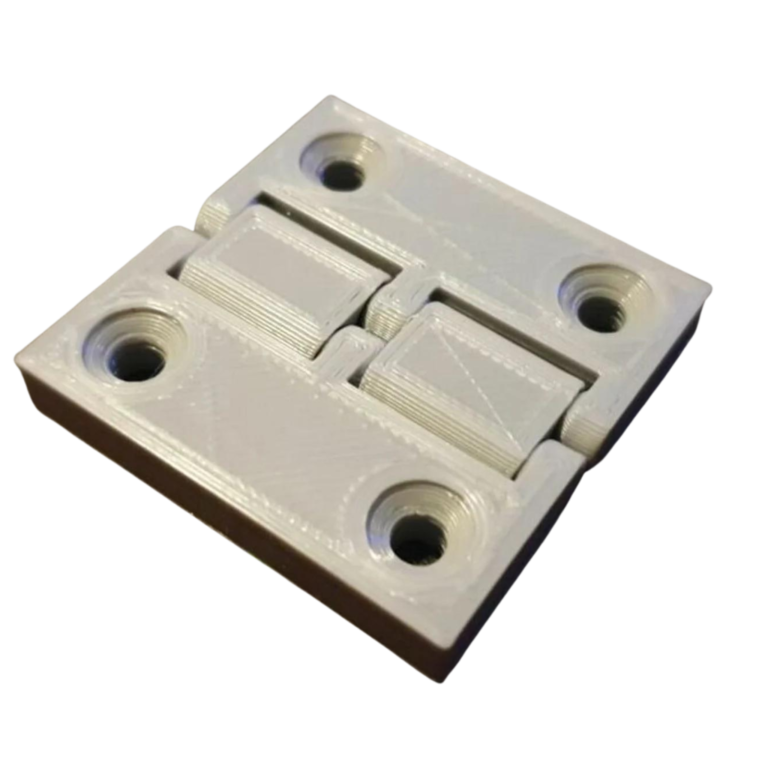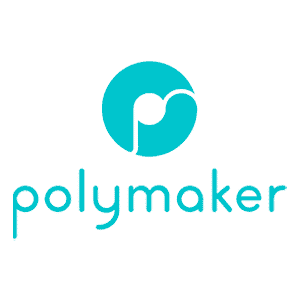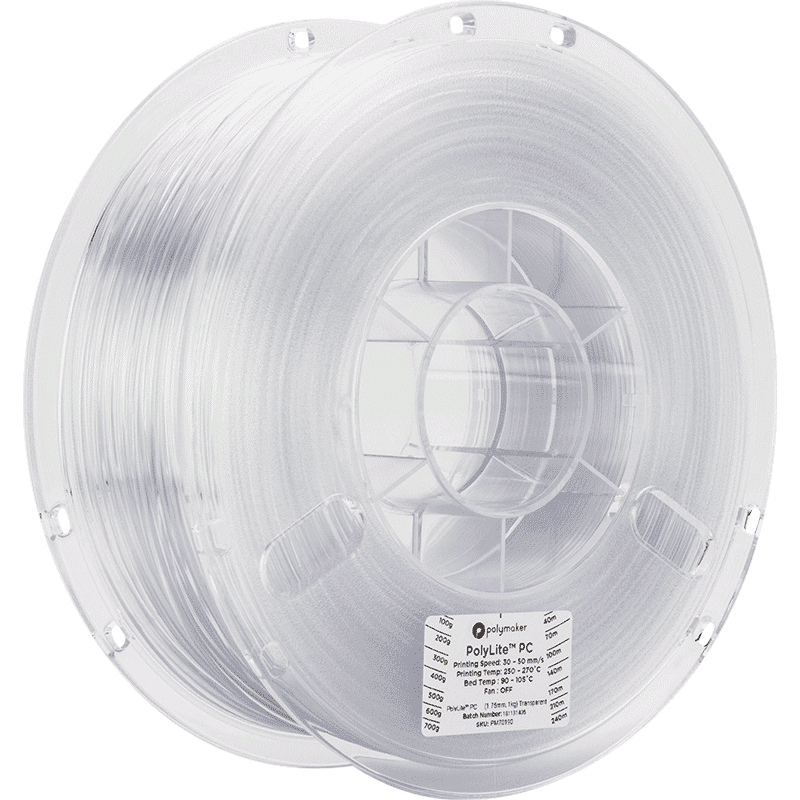PC filament
(Polycarbonate)
Basic Info
Description
PC Filament (Polycarbonate) is a high-performance, synthetic filament used for fused filament fabrication 3D printing. It is a recyclable material that can be engineered to meet specific application or processing requirements, such as low warping. It’s toughness and rigidity make it an ideal material for higher demanding 3D-printing applications.
Chart

Pros and Cons of using PC Filament
| Pros | Cons |
|---|---|
| High-temperature resistance | Pure polycarbonate is highly hygroscopic |
| High impact tenacity and tensile strength | High nozzle and bed temperature |
| Pure polycarbonate is transparent | High warping, especially with large models |
| Good electric insulation properties | Application of a separation layer is recommended |
Applications
Medical – Medical equipment parts
Automotive – Headlamp lenses, inner lenses, clusters, door handles, finishing panels, radiator grilles, hubcaps, spoilers
Electric and Electronic Parts – Switching relays, connectors, sensor parts, deflecting yokes, disc carriers, LCD parts, backlit panel parts
Machinery – Electric tools, vending machine parts, fibre bobbins
Safety – Safety goggles, helmets, smoke detectors, revolving lights, etc.
Precision Parts – Camera parts, watch parts
Office Automation Equipment – Lap-top personal computer housings, PDA housings, CD-ROM drive parts, laser printer chassis, OA equipment housings, digital camera housings
Household Applications – Electrical outlets, irons, microwave ranges, coffee makers, electric shavers, hairdryers, decorative light fixtures
Optical – Optical lenses and optical discs such as CD, CD-ROM, CD-R, MO, MD, DVD
Communications – Mobile phone housings and pager parts
